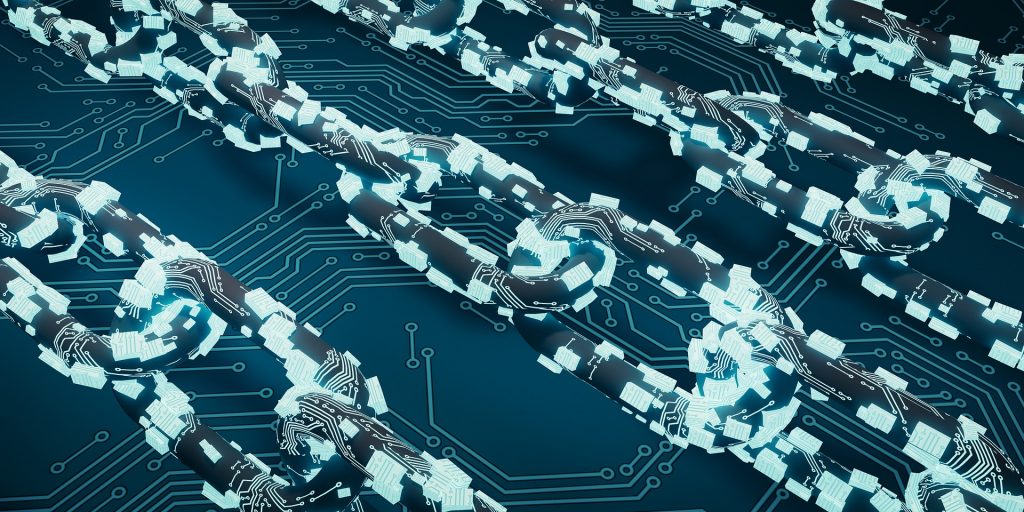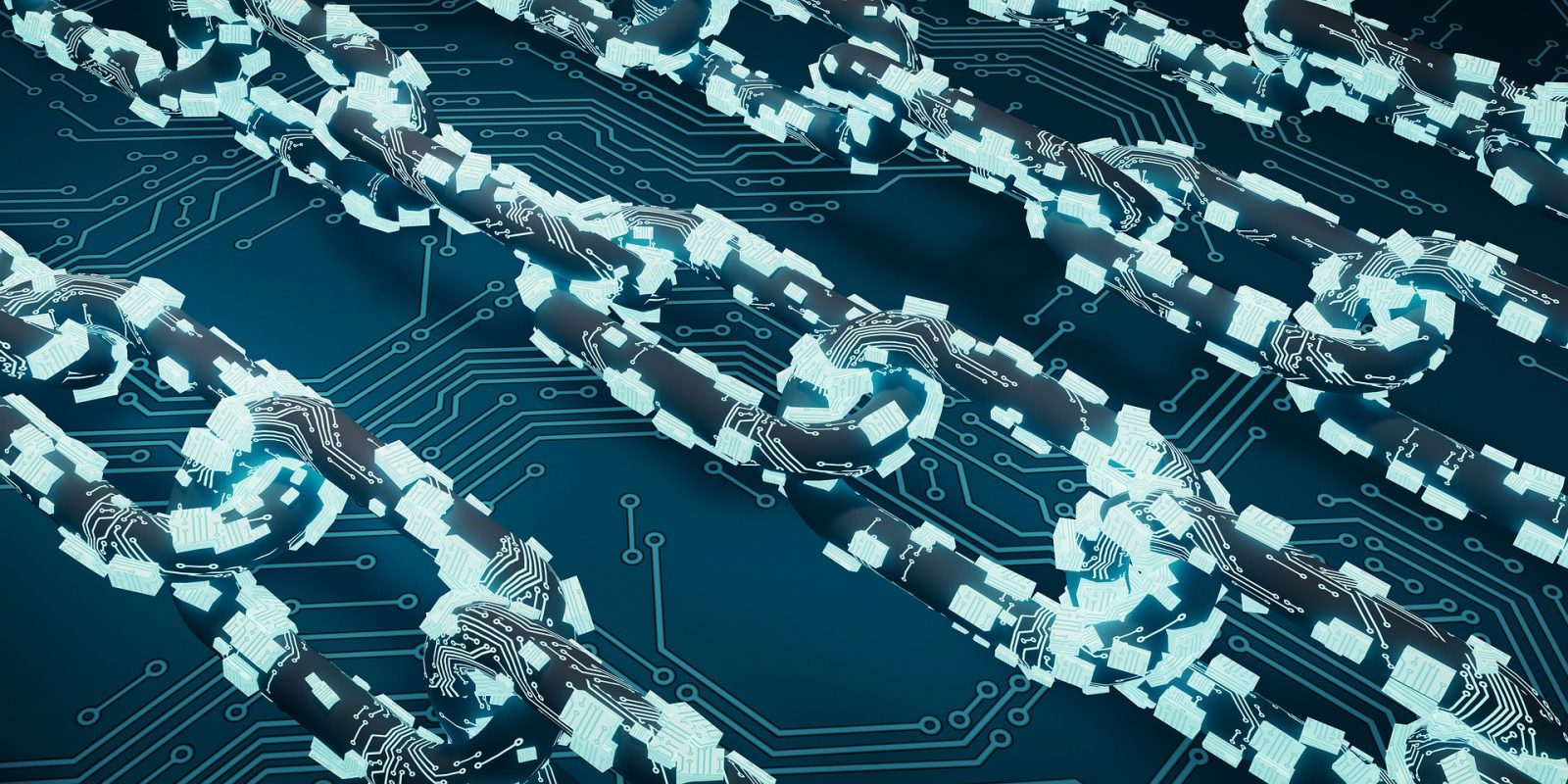
Non Fungible Tokens (NFTs) have become quite the rave, with one NFT selling as high as US$69 million, making the artist Beeple (Mike Winkelmann) one of the most valuable living artists in terms of auction value, only behind real-world greats David Hockney and Jeff Koons. In Nigeria Jacon Osinachi, self-acclaimed ‘Africa’s foremost crypto artist’, has sold works as high as 20 ETH (US$35,919).
NFTs have also raised some controversy in the last week as artists complain about impersonators who put up their works for sale on NFT platforms. This highlights one of the biggest weaknesses of Non-Fungible Tokens: anyone can create an NFT out of any digital object and sell it. Ironically, this is also an advantage because it democratizes the sale of art and allows artists to bypass middlemen.
In case you do not already know what NFTs are, here’s how The Verge captures it: “NFTs allow you to buy and sell ownership of unique digital items and keep track of who owns them using the blockchain. [It] can technically contain anything digital, including drawings, animated GIFs, songs, or items in video games. An NFT can either be one-of-a-kind, like a real-life painting, or one copy of many, like trading cards, but the blockchain keeps track of who has ownership of the file.”
Nigerian artists like Ayanfe Olarinde recently called out impersonators who put up their works as NFTs for sale. The situation is not unique to Nigeria- the London-based artist, Derek Laufman also fell victim to the same mischief. Why is this possible? The NFT setup is based on the understanding that the people minting are who they say they are. NFT selling platforms hardly have mechanisms in place to detect or prevent impersonation- or ensure that the creator of a piece of work is the one minting an NFT of it. And, while copyright laws may apply to these platforms, the relative anonymity provided by the internet makes it easy to take on a false identity- it’s a buyer beware situation.
Solving this challenge requires a watertight verification system that ensures only creators or persons with such legal rights can mint NFTs of works and put them up for sale.
Also, the NFT market has been tagged as ‘contrived’ and ‘bloated’, bolstered by people invested in the system who are perpetuating the trend. NFTs’ enablement of art theft only stokes this negative perception. Some critics think of the whole system as a bubble waiting to burst. In addition, NFTs hold only perceived value- they are worth only what someone else would pay. It is generally unclear what legal rights the buyer of an NFT receives and can pass on.
Embedding intellectual property clauses can be used to confer NFTs with some inherent value- for example, a license ‘to print X amount of copies’, or for ‘non-commercial use for X years.’ This will introduce some utility for buyers, although it could conflict with the self-governing principle by which blockchain and crypto technology are characterized, as creators may have to depend on external regulations and enforcement to successfully check adherence to terms.
Regardless of its insecurities, the system does provide artists with a new channel to earn from their works, and the potential to earn in perpetuity as they get a slice from subsequent sales of their works. Perhaps one way to look at it is from the artist Li Jin’s perspective, that: “NFTs are for the single superfan — a creator’s one true fan who is willing to shell out an extreme amount of money.” Yes, for now, the superfan may be acquiring a string of code with no intrinsic value, and still has to be wary, lest they give money to a fraud. However, NFTs will evolve, and artists who choose to ride the wave now may very well be the biggest winners, especially considering that skepticism also trailed cryptocurrencies at the outset, and now it is all but gone.
If you are looking to sell NFTs of your works and require technical assistance or you want to outsource the whole process, reach out to us at Kurating- nft@kurating.com.




2 comments
Comments are closed.